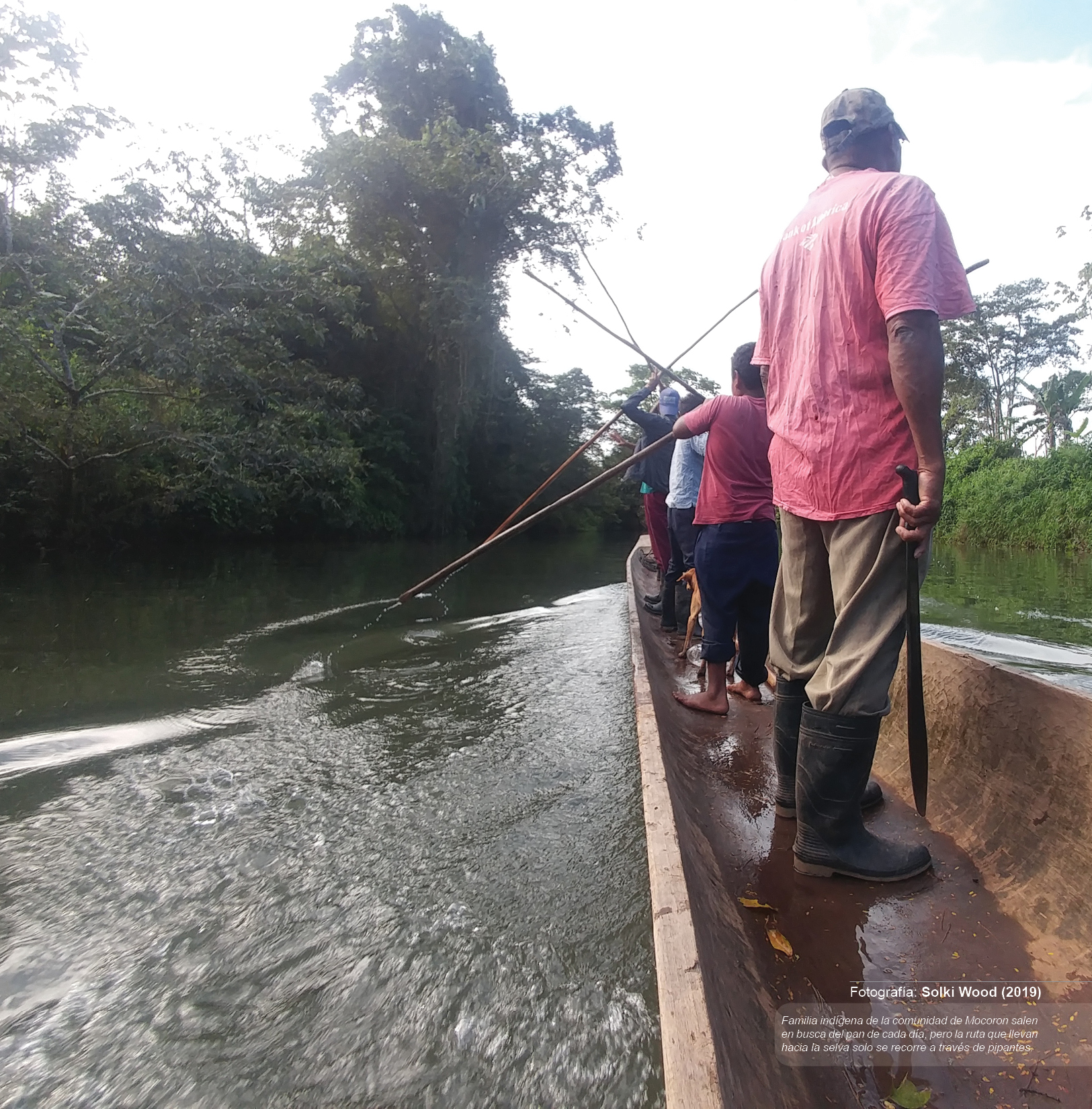Situation of the cuyamel (Joturus pichardi Poey, 1860), fish of cultural and commercial importance for the inhabitants of the Cultural Zone of the Reserva del Hombre and the Biosfera del Río Plátano
DOI:
https://doi.org/10.5377/rus.v0i0.10355Keywords:
cuyamel, Río Plátano, artisanal fishingAbstract
The study area is in the Reserva del Hombre y la Biosfera del Río Plátano (RHBRP), a world heritage site for humanity since 1982 according to the United Nations Educational, Scientifi c and Cultural Organization (UNESCO). The objective of this research was to respond a concern expressed by the residents of the reserve regarding the decline of the Cuyamel (Joturus pichardi) in artisanal fi sheries. This concern was expressed to the Program of Adaptation to Climate Change in the Forest Sector (CLIFOR) of the German Cooperation and to the Institute of Forest Conservation and Development, Protected Areas and Wildlife (ICF). As it is a species of cultural importance and an object of conservation, both institutions searched for the collaboration from the Biology School at the Science Faculty / UNAH to design and execute the linkage and research project presented in this document.This initiative gave birth to a strategic alliance between the three entities for the benefi t of the RHBRP communities. The “Marine and Lagunar Fishing Monitoring Protocol” by López, et al, (2018) was applied, which is based on the traditional analytical model proposed by Sparre and Venema (1997). In addition to biological sampling, surveys were conducted on the fi shing activities of the local fi shermen, who indicated the decrease of fi sh population in recent years due to overfi shing, the use of dynamite and the application of poison. In spite of being the central species of the study, the Cuyamel (Joturus pichardi) did not turn out to be one of the target species of capture with which the perception of the community on the species was corroborated. It should be borne in mind that there is an illegal fi shing directed towards the Cuyamel, especially by fi shermen from other parts of the country. For this reason that we recommend to continue with the monitoring of the artisanal fi sheries of the communities within the biosphere, as well as the training of local resources and technicians for the collection of biometric data of individuals captured during the dry and rainy season. On the other hand, the possibilities of cultivating this species in its natural habitat should be considered.
1980

